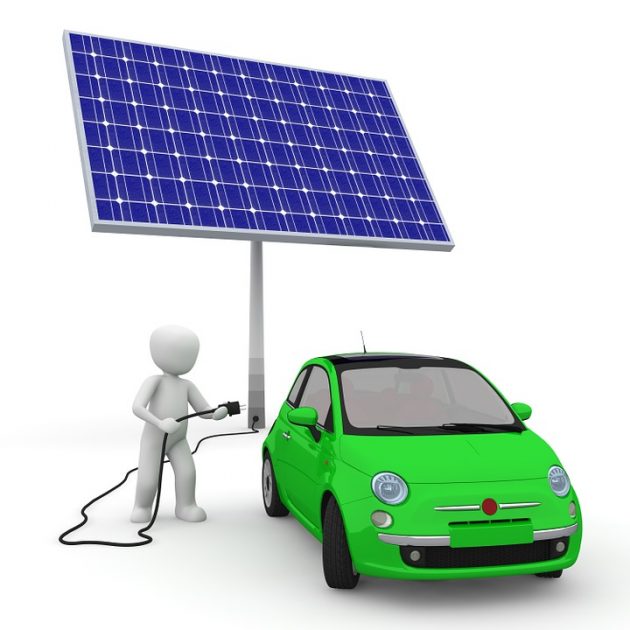German Consumers Shift to Home Batteries to Power Their Households and EVs

Photo: The Mobility House
The latest statistics from Germany indicate that home batteries are a growing trend with consumers. One out of every two orders for rooftop solar panels sells as part of a battery storage system, per Yale Environment 360’s Paul Hockenos. And more than 120,000 German households and small-business owners are investing in solar units with battery storage.
These systems supply electricity for the household, which includes directing power toward the garage to power electric vehicles inside. So, indirectly, the new statistics are positive news for EV adoption in Germany.
Reason for the increase in home battery system sales
The recent drop in lithium-ion battery prices is the main reason so many Germans are opting for home-battery systems. Battery costs are so low that the country’s development bank has discontinued the battery rebates that it was offering consumers from 2013 to 2018.
Additionally, the trend marks an ideological shift. In other words, more Germans are prioritizing more efficient energy sources for their homes. As Hockenos articulates, the country is moving closer to implementing a green vision for the future: “a solar array on every roof, an electric vehicle in every garage, and a battery in every basement.”
Lastly, consumers are valuing this new power system because it gives them independence from power companies. It’s a positive alternative for consumers to choose amidst the rising costs of conventional electricity sources.
Efficient and Family-Friendly: Meet the 2019 Chevy Equinox

Photo: Pixabay
How the home battery system works
Home battery systems involve installing solar panels on the house’s roof. On a sunny day, power generated from the solar panels feeds the household’s electric devices and charges the homeowner’s EV battery. The stationary battery synched to the system stores any extra power not used by the house during the daytime so the family can use it at night and/or on cloudy days.
“Balancing” is another key part of the home solar system. When there’s extra electricity in the electric grid, grid operators pay battery owners to store excess power. Alternately, when home and car batteries have extra power, they distribute this energy back into the grid. Industry experts state that this balancing is a crucial component of a low-carbon environment.
Hopefully, more countries will follow in Germany’s lead in implementing home solar systems. And, hopefully, the industry will keep fine-tuning the technology and resources the systems employ so that more households can afford them.
Smart Buyer: Answers to commonly-asked questions about vehicle financing
News Source: Yale Environment 360

The News Wheel is a digital auto magazine providing readers with a fresh perspective on the latest car news. We’re located in the heart of America (Dayton, Ohio) and our goal is to deliver an entertaining and informative perspective on what’s trending in the automotive world. See more articles from The News Wheel.

